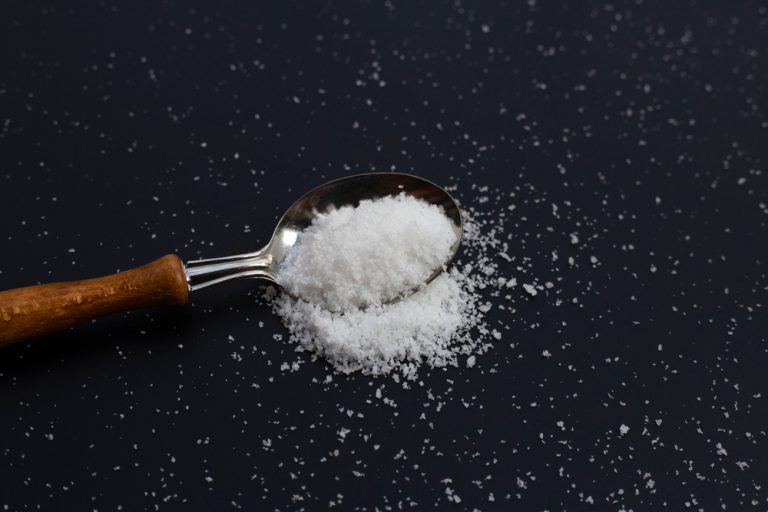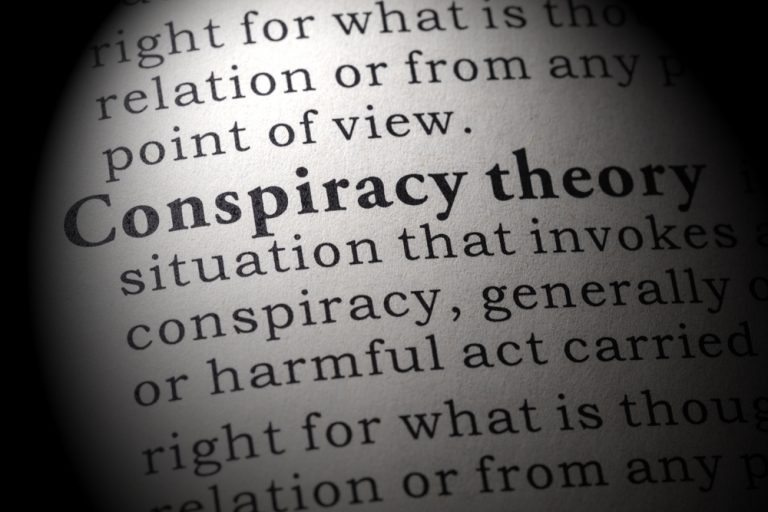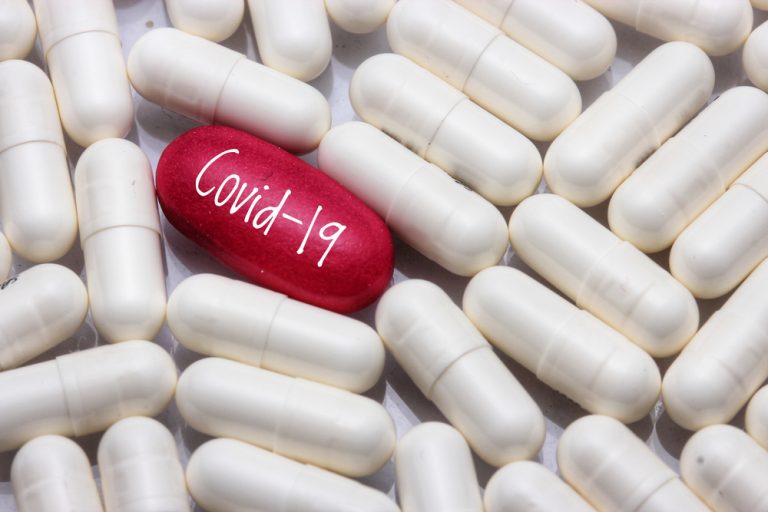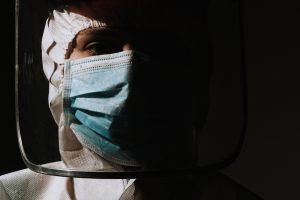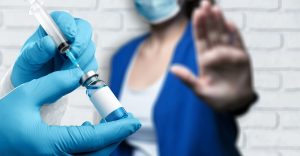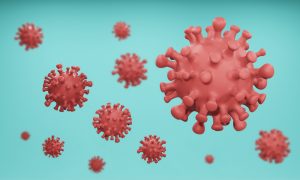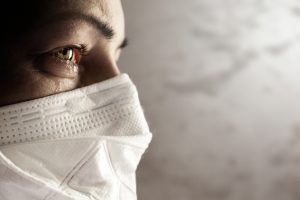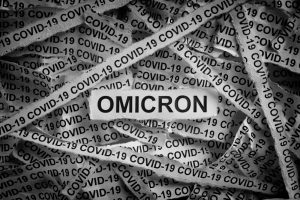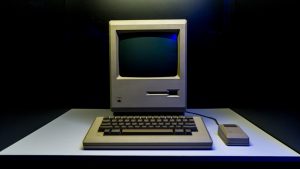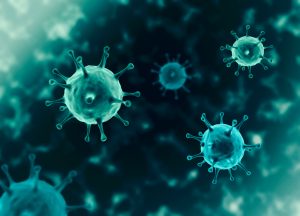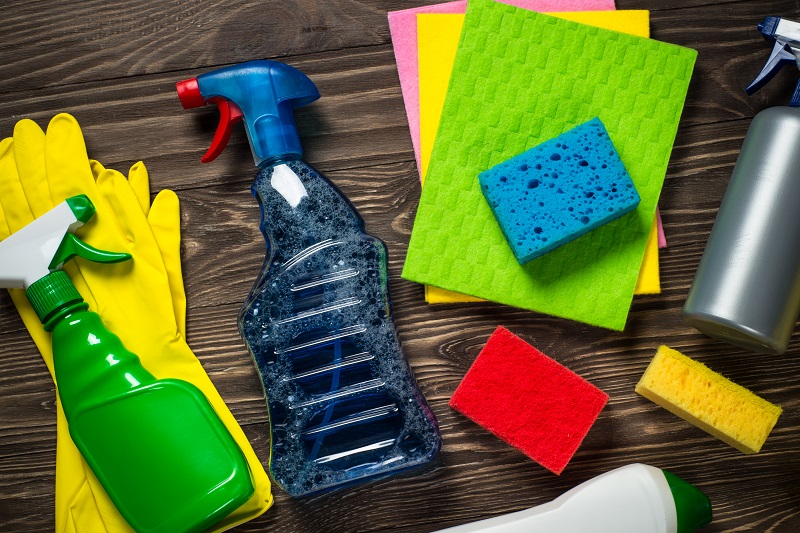
Learn how to do the cleaning right, especially now, when disinfecting everything is crucial. Read on and find the CDC recommendations for cleaning and sanitizing, including what to do when someone in your house is sick.
First off, cleaning and disinfecting are two different things. Cleaning should always be the first step, because it gets rid of dirt and debris, followed by the second step, disinfecting, which kills germs. Both steps are very important in keeping you and everyone in your home safe, especially in cold and flu season.
The Centers for Disease Control and Prevention (CDC) recommends starting by cleaning the surface with soap and clean water. The second step is sanitizing your home using either a
store-bought solution (like these household products that kill the coronavirus) or if you run out of that, you can make your own solution from household bleach or alcohol.
Additionally, if you’re using a store-bought sanitizer, make sure to always read the product instructions, because some products may require leaving the surface wet for a period of time in order to be effective. Moreover, be sure to wear rubber gloves and eye protection while cleaning your entire home, and try not to breathe in the fumes. Also, try to open the windows and doors to allow fresh air to circulate.
The CDC offers the best tips for everyone who’s cleaning and sanitizing their homes right now, plus other useful tips for when someone you live with is sick. Read on and learn more about the best way to clean your house to avoid getting sick.
Everyday cleaning
When it comes to everyday cleaning and sanitizing, there are some frequently-touched surfaces that you shouldn’t skip:
- Doorknobs and handles
- Light switches
- Countertops
- Toilets
- Sinks
Start cleaning any dirt and grime using soap and clean water, then sanitize. The CDC recommends using diluted household liquid chlorine bleach to sanitize your home, but only as long as the solution is safe for the surface, or it has 70 percent alcohol, otherwise, it won’t kill the germs. If you don’t have access to such products, considering that it’s hard to find anything these days in stores, the Environmental Protection Agency (EPA) provides a list of approved disinfectants.
How to clean and sanitize soft surfaces
The CDC recommends cleaning rugs, carpeting, furniture and other soft surfaces with soap and water, or cleaners that are made specifically for those surfaces. After cleaning, you can sanitize those surfaces using an EPA-registered product such as Lysol Disinfectant Spray.
How to safely do laundry
The CDC recommends wearing disposable gloves when doing laundry, including clothing, linens, and towels. As soon as you remove those gloves, don’t forget to wash your hands with soap and water to help stop the spread of germs. Also, avoid shaking laundry, because it may disperse germs through the air.
“Launder items according to the manufacturer’s instructions,” the CDC says. “Use the warmest appropriate water setting and dry items completely.” Additionally, don’t forget about cleaning and disinfecting laundry hampers, germs can linger there.
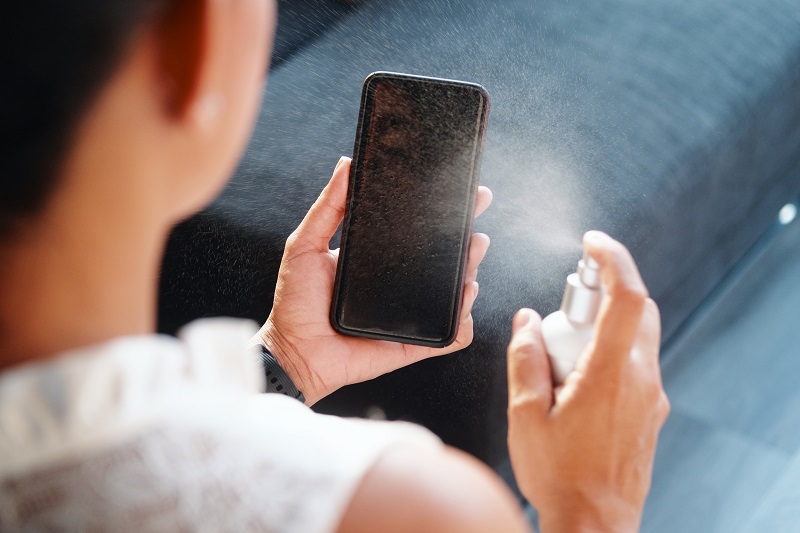
How to clean and sanitize electronics
For cleaning electronics such as laptops, tablets, phones, keyboards, and remote controls,
The CDC recommends cleaning electronics (laptops, phones, tablets, keyboards, remote controls, and others) by following the manufacturer’s instructions. If you can’t find any instructions, you can use an alcohol-based wipe or a disinfectant spray that contains 70 percent alcohol. Then make sure to dry the surface thoroughly, to not cause any damage.
What to do when someone is sick
If a member of your family lives in the same house as you and is sick, the CDC recommends keeping a separate bedroom and bathroom for that person if it’s possible. Also, try to maintain a six-foot distance from the sick person if you can, and ask them to wear a face mask at all times.
How to clean the bedroom and bathroom
“If you have a separate bedroom and bathroom: Reduce cleaning to as-needed (soiled items and surfaces) to minimize the amount of contact with the sick person,” the CDC says. Also, make sure to provide personal cleaning supplies to the sick person like tissues, paper towels, and cleaners.
If not sharing a bathroom isn’t a solution for you, clean and sanitize the space after each use when possible. “If this is not possible, the caregiver should wait as long as practical after use by an ill person to clean and disinfect the high-touch surfaces,” the CDC says.
How to clean and sanitize shared items
The CDC also recommends washing the dishes and utensils used by a sick person in hot water or in the dishwasher if you have one. Also, make sure t always wear gloves when washing these items, and wash your hands as soon as you’ve finished.
Additionally, another solution would be having a dedicated trash can lined with a garbage bag only for the sick person to use. As I said many times, always use gloves when removing garbage bags and handling trash and don’t forget to wash your hands when you’ve finished. I know it’s annoying to hear the same sentence over and over again, but it is crucial to do that!
“Household members should care for any pets in the home. Do not handle pets or other animals while sick,” the CDC says.
Moreover, when doing a sick person’s laundry, the CDC explains that those items can be washed with other people’s items, but only if you’re using the precautions mentioned above.
For more useful information, check out the CDC’s household guide for cleaning and disinfecting. Additionally, take a look at our Coronavirus Guide to discover more ways to stay sane, keep your family safe, and make the most of together time.


